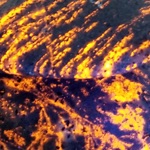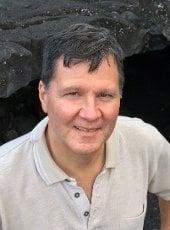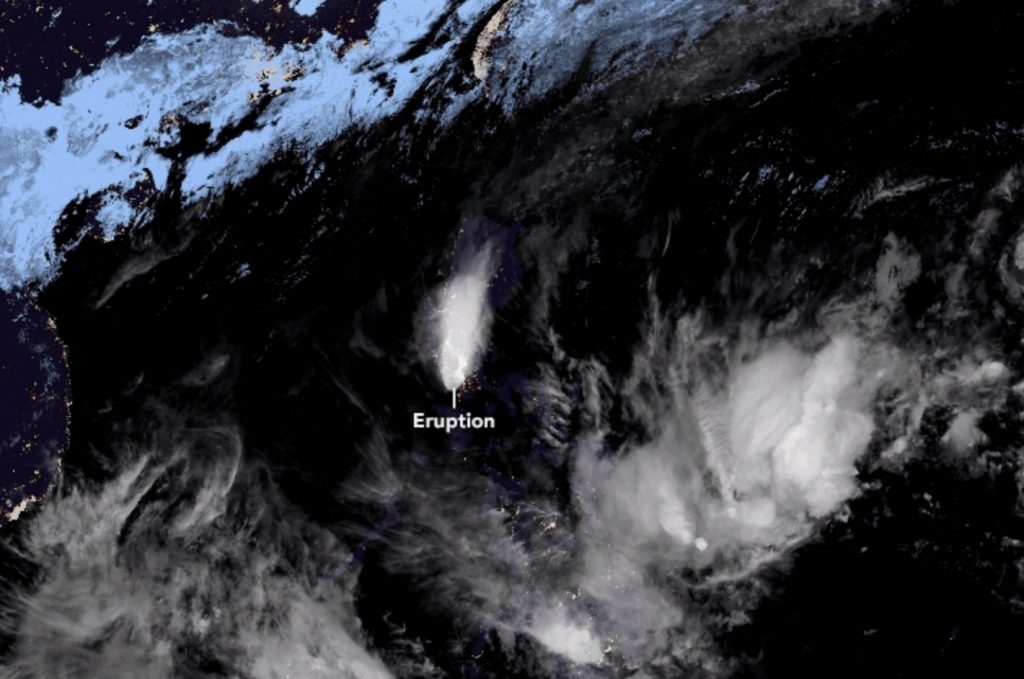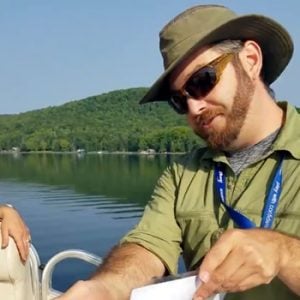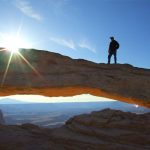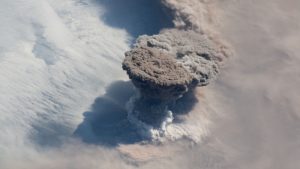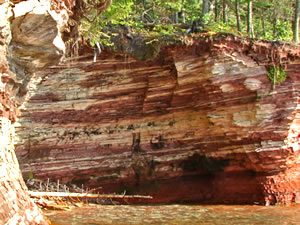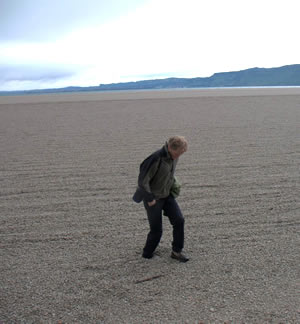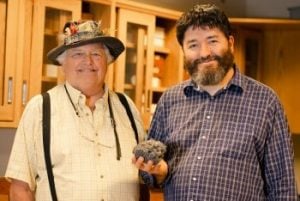Ted Bornhorst (GMES), executive director of the A.E. Seaman Mineral Museum was quoted in the story “Twinkle, Twinkle, Little Stone!” in Michigan Blue. The story involved fluorescent rocks, popularly known as Yooperlites.
To find the fluorescing stones, Erik Rintamaki recommends Lake Superior beaches anywhere “from Whitefish Point west.” Theodore Bornhorst suggests scouring the Keweenaw Peninsula shoreline from Copper Harbor to Ontonagon. Prime picking comes in early spring after winter ice picks up stones from deeper water and transports them to the beach.
